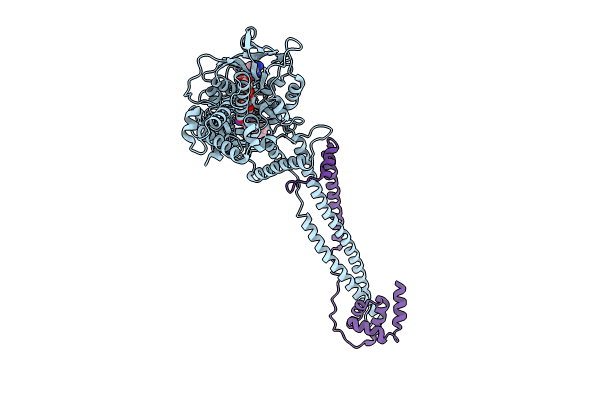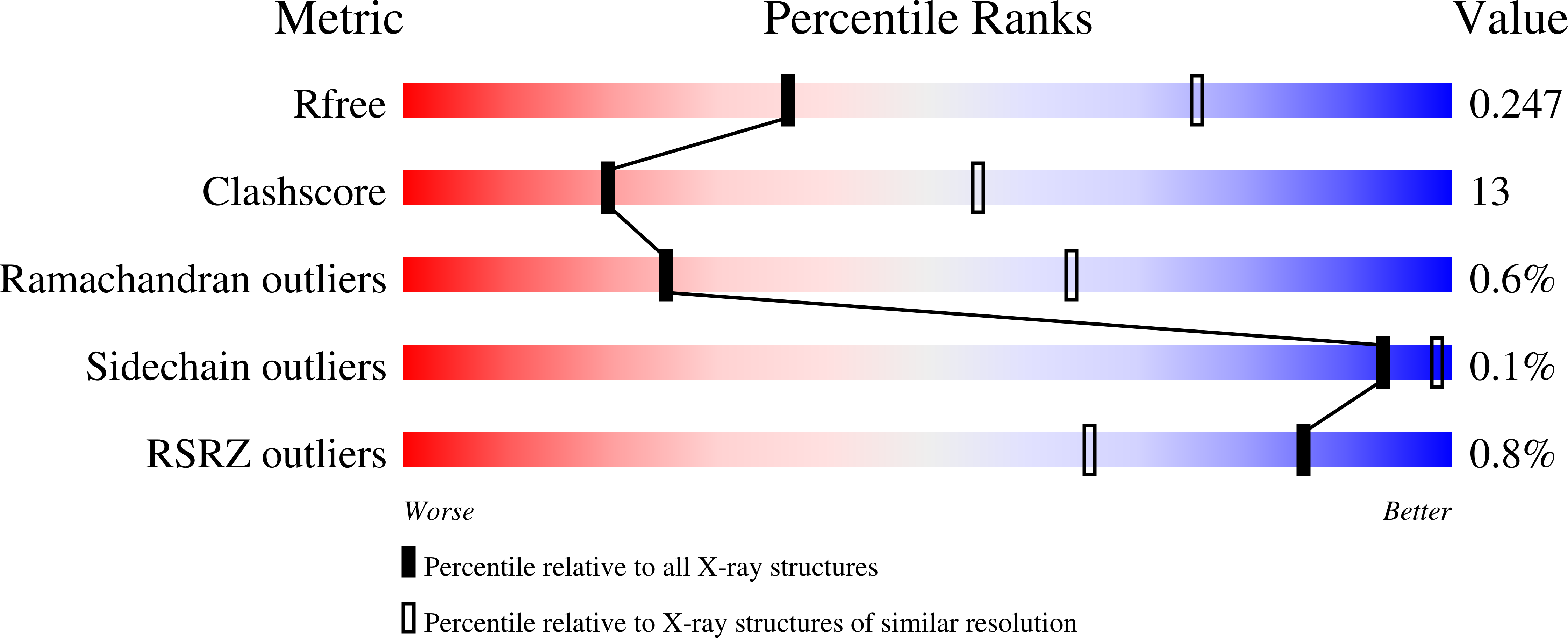
Deposition Date
2022-11-09
Release Date
2024-06-12
Last Version Date
2025-06-25
Method Details:
Experimental Method:
Resolution:
3.00 Å
R-Value Free:
0.24
R-Value Work:
0.21
R-Value Observed:
0.21
Space Group:
I 2 2 2


